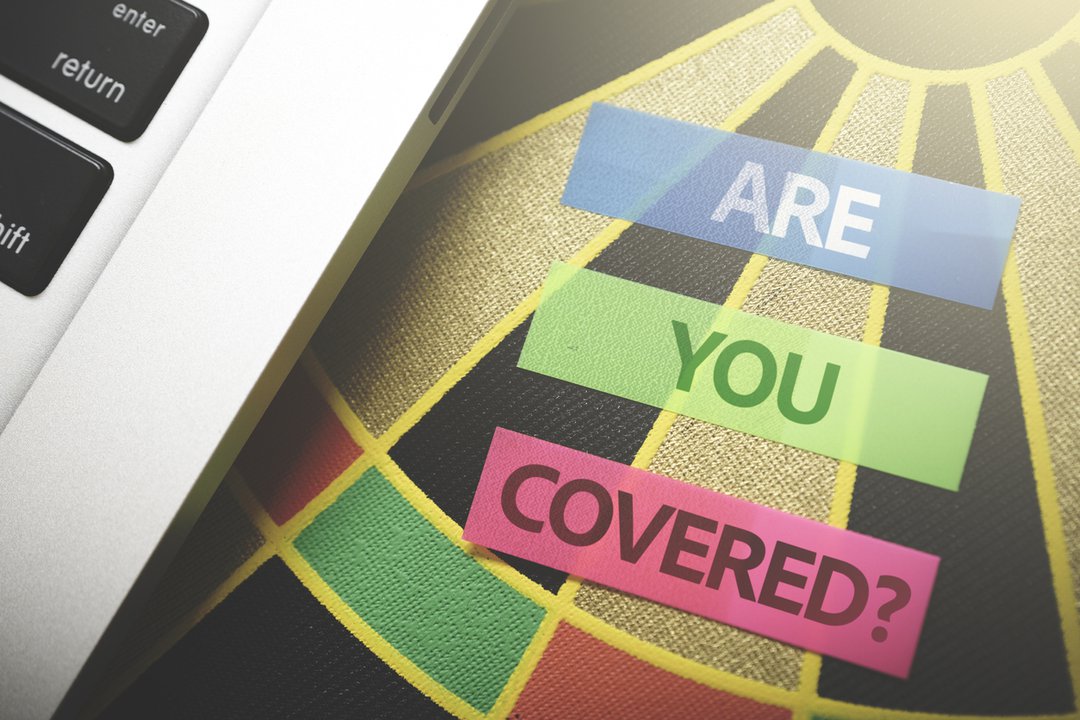
Amy Danise, Editor
April 29, 2021
The pandemic has a lot of folks reconsidering their need for life insurance. Nearly 30% of adults are more likely to buy life insurance over the next year compared to their inclination to buy it pre-pandemic, according to LIMRA, an industry-funded research company.
If you’re considering buying life insurance, one of the first steps is to decide how much life insurance you need.
First Get the Big Financial Picture
The best way to approach a life insurance purchase is as part of a larger plan. An advisor can help you see gaps and strengths in your current situation and where you’re headed.
Your thoughts on the best policy amount and type of policy could change considerably after seeing where life insurance will fit into the big picture for you and your family.

Why Do People Buy Life Insurance?
Covering funeral and final expenses is the No. 1 reason people buy life insurance, according to a 2020 survey by LIMRA and Life Happens, both industry-funded groups. (People could choose multiple reasons.)
- Burial/Final expenses: 84%
- Supplement retirement income: 57%
- Transfer wealth: 66%
- Help payoff mortgage: 50%
- Replace lost wages/income: 62%
- Home expenses: 48%
- Estate taxes: 43%
- Pay for college: 37%
- Business purposes: 28%
- Charitable gift: 27%
The need to provide loved ones with financial security has heightened since the pandemic. A recent LIMRA survey found that 44% of households said they would face financial hardship within six months if the primary wage earner were to die prematurely. For 28% of households, financial hardship would hit within one month.
The Life Insurance Gender Gap
There is a substantial gender gap in life insurance ownership. While 58% percent of men have life insurance coverage, just 47% of women have a life insurance policy, according to the 2021 Insurance Barometer Study by Life Happens and LIMRA, insurance industry groups.
And when it comes to men and women who have life insurance, perception does not always meet reality. Most Americans (93%) say men and women should have equal life insurance coverage, according to a March 2021 USAA life insurance survey. But in relationships between men and women where both partners have life insurance, nearly one in three women say their partner has more coverage.
USAA’s survey also found that 81% of men say they have taken steps to prepare their family’s finances in the event something unexpected were to happen versus 72% of women.
Calculating How Much Life Insurance You Need
Calculating how much life insurance you need won’t require an engineering degree. Some simple addition and subtraction will get you there. The basic equation is:
[Financial obligations you want to cover] – [existing assets that can be used toward bills] = Your life insurance need
Here’s what you might include in “financial obligations you want to cover”:
- Income replacement: Multiply the salary you want to replace for the number of years you want to replace it. You want this income replacement to cover current and future expenses.
- A mortgage: You can include the balance of a mortgage so your family can stay in their home without fear of losing it. If income replacement (above) would already cover mortgage payments and other expenses, no need to add more mortgage money.
- Other large debts: Would your family struggle with other large debts if you passed away unexpectedly? If so, add those in.
- Children’s college tuition: Add tuition money to ensure your children can pay for college if you were no longer around.
Here’s what you could include in “existing assets that can be used toward bills”:
- Existing life insurance: If other life insurance is already in place to provide a financial cushion, subtract that amount. Be careful about relying on supplemental life insurance from work though—since it doesn’t go with you if you leave a job, you can’t be sure you’ll have it later on.
- Savings: Subtract any savings your family would use to pay expenses. You can include retirement savings, or leave it out of your analysis if your beneficiaries want to preserve that amount for retirement years.
- College savings: If you have an account with money in it for your children, you can subtract it from your life insurance needs.
- Funeral expenses: Many people want life insurance to cover funeral and final expenses. If this cost isn’t part of a larger policy, some people buy burial insurance.
Get Help
There’s help available, such as advisors who can give you the crucial big picture and recommend life insurance types and amounts.
Other Methods for Calculating Life Insurance Needs
You may run across other methods for calculating how much life insurance you need. These usually include:
Multiply Your Income by 10
Or by 5. Or by 17. This rule of thumb is hard to pin down. We’ve seen many numbers attached to it. And it likely won’t help you pin down an appropriate amount of life insurance. Better to look at your total needs and subtract the assets your family could use if you passed away.
The DIME Method
DIME stands for debt, income, mortgage and education. The method has you add up these amounts:
- Debt: How much debt would you leave to other people? This could include credit card debt and student loans that aren’t forgiven at death.
- Income: Multiply your income by the number of years you want to provide income replacement for your family. Some sites advise using the number of years until your youngest child turns 18, but we all know that kids often need financial help longer than that.
- Mortgage: Add your mortgage balance to your running total.
- Education: Add an amount that covers tuition, room and board for each of your children who will go to college.
The DIME method is a good start for calculating a life insurance need, but it ignores existing financial resources that your family might tap for expenses. By itself, it could leave you over-insured.
Special Considerations
All these methods provide a way of calculating life insurance needs in fairly uncomplicated situations. But many folks are dealing with issues that aren’t served by these methods. For example:
- If you have a special needs child you may be using permanent life insurance to provide for their needs for many years after you’re gone.
- If you have a business, you need a calculation that gives you a good number for key man life insurance.
- If you’re mainly looking to provide a legacy for heirs, you might not care much about specific bills or debts in the calculation.
Whatever your situation is, don’t lose sight of your bigger money plan. Life insurance is one tree in your financial forest.
Financial obligations you want to cover (such as your annual income for a certain number of years)
-Minus
Existing assets that can be used toward obligations (such as savings)
= Equals
Your life insurance need
Once you have an idea of how much life insurance you need, you can start comparing life insurance quotes.
When you’re buying life insurance, it’s a good idea to look at more than just the price. Your health and insurance needs will evolve over time, and a good life insurance policy can accommodate those changes. For example, the best term life insurance policies can be converted to permanent life insurance.
Another good tip is to prepare for the life insurance medical exam. With a few tweaks of your daily routine and diet leading up to the exam, you can improve your chances for better results, which can help you land better rates.
The three main types of life insurance are term life, whole life and universal life insurance.
The most premium money goes toward whole life and fixed and indexed universal life insurance (35% and 34%, respectively. About 24% of premium money goes to term life, according to LIMRA.
Amy Danise, Editor
© 2025 Forbes Media LLC. All Rights Reserved
This Forbes article was legally licensed through AdvisorStream.


